0 Comments
I apologize for the lateness of this post. It's been a crazy week. That is where grace comes in. :) Hopefully you all have been working on the exercises that you have been given so far this month. Today we kickup into a handstand near a wall. We use the wall for balance, support, stability, and security. We use our muscle memory - all the exercises that we've been doing this month - to get us into a handstand. 1. Start in Down Dog a foot away from a wall, facing the wall. 2. Take a step forward with one leg. 3. Bend the knee of your forward leg and slowly kick one foot up to the wall. 4. Stack your shoulders over your wrists. 5. Attempt to stack your hips over your shoulders. 6. Now is not the time to stick your handstand, we are simply kicking up and coming back down. Great! Now let me know how it goes! And let me know how many times you fell down - everyone does! Welcome to the 3rd week of this challenge! Today we start working specifically on Handstands! Yay! Today we are doing kickups. The first thing I must specify is to practice this on a fairly soft surface (yoga mat, carpet, grass, etc.) and EXPECT to fall over. When it comes to learning how to handstand, you need to be not only okay with falling over, crashing down, but you need to prepare for it. The more comfortable you are with failing, the faster you will improve. If you are hesitant, cautious, concerned, worried - that will only impede growth. We all fall - no one is immune.
Today is very similar to Days 1 & 2, but I want you to do as many Yogi Pushups as possible at a time. Yogi Pushups are slightly different than other pushups as you keep your elbows tucked into your body. Because of this, you use your entire body in this exercise, not just your upper body. When done correctly, your entire core is working, as are your hips and legs. The majority of the work is left to your chest and arms, but so completely necessary for handstanding! Not to mention other amazing benefits:
OPTION #1
1. Begin in High Plank Pose (see Day 1's directives). 2. Keeping the entire body engaged, roll the body forward to the tiptoes. 3. Hinge at the elbows and begin to bring your body down toward the mat. 4. Pause for a slow and controlled breath (6 count breath) in this low position. 5. Real press through the heels of the hands and come back up (without dipping your back). 6. Come out of the pose to your hands and knees. 7. Repeat as many times as you can in one sitting. OPTION #2 1. Begin in Plank Pose (see Day 1's directives). 2. Lower down onto your forearms, keeping the plank position - belly button pulled up toward your spine, shoulder blades drawn together across your back, back straight and gaze forward. 3. Hands can be pressing into the ground or balled into fists, make sure your elbows are directly beneath your shoulders. 4. Pause for a slow and controlled breath (6 count breath) in this low position. 5. One hand at a time, keeping the plank position, slowly come back onto your hand in high plank position 6. Come out of the pose to your hands and knees. 7. Repeat as many times as you can in one sitting. As always, take time to do this exercise three times today. Breathe into your holds. I love to see your photos and to hear how it goes!
BRIDGE LEGS 1. Begin in Bridge Pose - see day 9. 2. While pressing up into bridge, inhale and with your exhale slowly lift your left leg high into the air, keeping it straight. Press through the heel of your right foot into your mat. 3. Hold here and breathe deeply. Shaking and trembling are wonderful! 4. Slowly lower your left foot back to the mat. 5. You may bring your hips back down to the mat and relax and breathe. 6. Press back into bridge and lift the other leg. (You can stay in bridge and then do the other leg if you don't feel you need to rest). TIPS: Pull your shoulders away from your ears before you press up into breathe and then actively draw your shoulders blades together across your back while in bridge pose. Your leg doesn't need to get as high as mine, find your own version of Bridge Legs that work for you. ☺ This is also a great resource with lots of good tips if you would like to continue reading. 💙 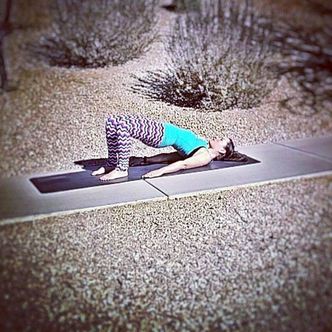 Bridge Pose is commonly used to stretch and strengthen the back and abdominal muscles as well as open the lungs and chest. Yoga poses that focus on the lower back such as the Bridge Pose have been shown to alleviate back pain. The more you practice Bridge Pose, the stronger your back and abdominal muscles, which similar to the last few days, we are training to maintain balance while inverted in a handstand. 1. Begin by lying on your back. Bend your knees so that the soles of the feet are flat on the floor.
2. Bring the heels about 3-5 inches from your tailbone and spread your toes wide. Place your hands near your hips with your palms on the mat. 3. Inhale deeply. With your exhale, lift your hips toward the sky, pressing your heels into the mat. 4. Continue pressing your hips high for 3-4 breaths, then gently release your hips down to the mat, rolling down one vertebrae at a time. 5. Come out of the pose by drawing your knees into your chest for 1-2 breaths to counter stretch your back. TIPS: Really press in with the hands and the soles of the feet, as they are your foundation. Imagine a block between your thighs that you are holding there - squeeze your inner thigh together while you are pressing your hips high into the air. Pull your shoulder blades down away from your ears - you can even clasp your hands together and pull them away from your ears while your hips are high. MODIFICATION: Place a block under your tailbone and rest onto it. As always, take time to do this pose three times today. Breathe into your holds. I love to see your photos and to hear how it goes!
PLANK KNEES 1. Begin in High Plank Pose - see day 1 for directives. 2. Keeping your back flat, your pelvis low without dipping, and your shoulders directly over your hands, slowly lift your left foot off the mat and bring your knee to your left tricep. Take a deep inhale and with your exhale, slowly bring your foot back with your other one. 3. Inhale and slowly lift your left foot and bring your knee to your nose. Exhale and slowly bring your foot back. 4. Inhale and slowly lift your left foot and bring your knee to your RIGHT tricep. Exhale and slowly bring your foot back. 5. At this point you can take a break, set your knees down, come into Child's Pose, or continue on. 6. Come into High Plank Pose and go through the whole routine with your right knee. 7. Come out of the pose into table top and push back into Child's Pose. Take 5-10 six count breaths. Once again, I encourage you to do three sets of these today. If you can hold your knee at each tricep for more than one breath - even better. If you have NEVER done these before...take your time, give yourself grace, don't feel bad if you need to take more frequent breaks. It's all a practice...we are working toward slow and steady progress. Once again, let me know that you did these today, whether you were able to take a photo or not. :) Any questions - shoot them my way on Facebook or Instagram.
In this pose, one leg is lifted, but there is more to it than that. Let me walk you through it: 1. Begin in Downward Facing Dog Pose - see day 3. 2. Keeping your shoulders square and melted toward your thighs, inhale and slowly lift your left leg. 3. As you lift it high into the air, square your hips to the mat - keeping them parallel to the ground. Be careful not to angle your body to the side. 4. Point your toe into the air to engage your leg muscles, take a 6 count breath in and out, and slowly lower your leg back down. 5. Once more with the other leg. 6. Slowly come out of the pose into Table Top Pose (hands and knees). I will challenge you again to do this pose at least THREE times today - all spread out throughout the day, or all at once as your 10 minute yoga practice. We are building our core, shoulder, back, and arm strength and stability. We WILL get to handstands...but I want you to be far more capable when we do. I believe in you!
1. Begin in Plank Pose. 2. Bring your right hand directly under your nose. 3. Shift your weight to the outer edge of your right food and bring your left foot in front - scissor your legs. 4. Take your left hand high toward the sky. 5. As you move the right side of the body slightly forward, draw the left side of the body slightly back - stacking the hips and the shoulders. 6. Let your gaze follow and look up at the sky. 7. Stay here and come back to your six count breaths. Hold as long as you can. 8. Slowly come back to Plank Pose. You can take a break here, or repeat these directives for the opposite side. AGAIN!? Yes, again. Planks are one of the building blocks for handstands. Shoulder strength, ab strength, arm strength - all necessary to handstand safely and securely. If you cannot hold a plank for very long - handstands aren't for you. So...we drill. We practice planks over and over and over. We hold them longer and longer and longer. So today - we hold our high plank longer. We check our form. We breathe into our plank and find rest.
BONUS for those who read the blog - get an EXTRA entry into the prize drawing by mentioning the blog in your next photo post. ;)
Did you know that doing planks help to improve your mood? Virtually every exercise has the potential to give you a mood boost, and planks are no exception. Planks are unique, however, in that they help stretch and ultimately relax muscles groups that often become stiff and tense from prolonged sitting. The tension release that planks provide is uplifting for your spirit. There are two options for this one. You can do a pushup or a forearm plank. Both are beneficial!
TIPS: Keep your eyes focused out in front of you. Keep the body taut as you lower down. Really lift up your navel to prevent a sway in your lower back. If you need a gentler version - drop to your knees as you work through the entire exercise. Even on your knees you are working all the same muscles!
Day 1 - High PlankWait Haley, you said we were working on Handstands! No, I said we were working TOWARD handstands! Let's start with gaining strength. If you’ve never tried one, a plank may look easy, almost too easy to be beneficial, but this is deceiving. While getting into the proper form is straightforward, holding the position takes strength and endurance in your abs, back, and core. The plank is one of the best exercises for core conditioning and it also works your glutes and hamstrings, supports proper posture, and improves balance. Sounds perfect for handstands, doesn't it?
Visit Facebook and/or Instagram to get into the contest! Living Raw By Grace will give one lucky participant a FREE UnCookBook of their choosing at the end of the month! |
About the BloggerHaley is passionate about Raw Food and how God has used it to heal her. She loves to share what she knows with anyone who is curious, and finds herself talking to everyone around her about her lifestyle. Archives
January 2020
Categories
All
|
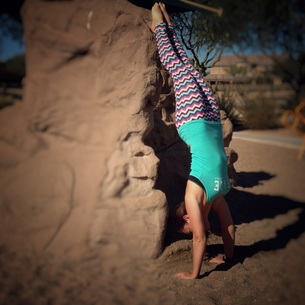
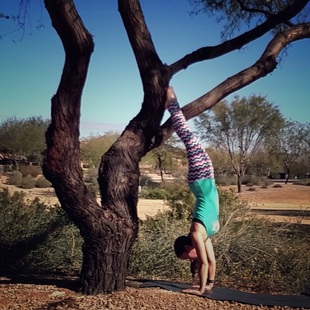
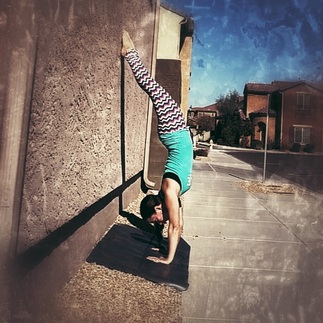
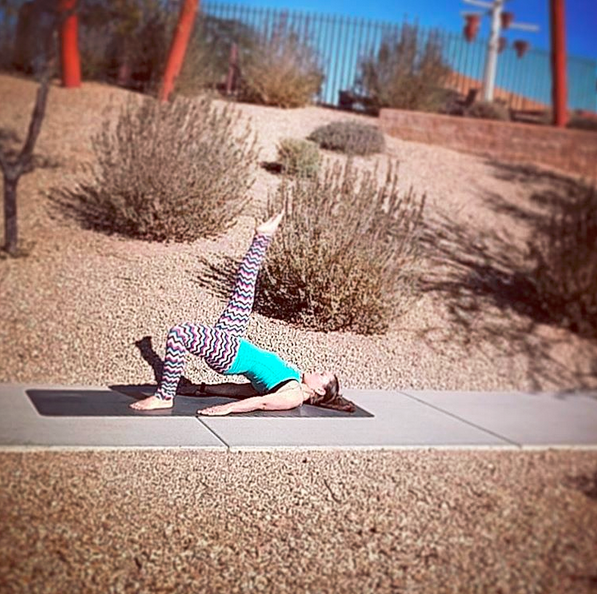
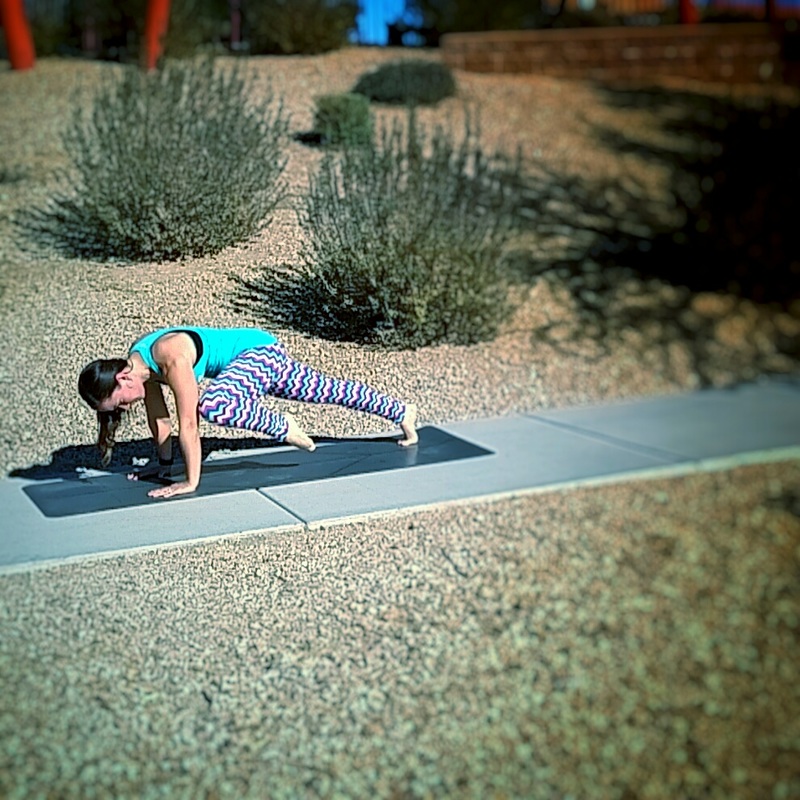
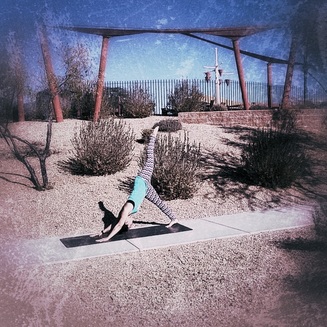
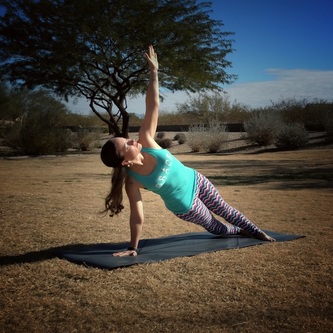
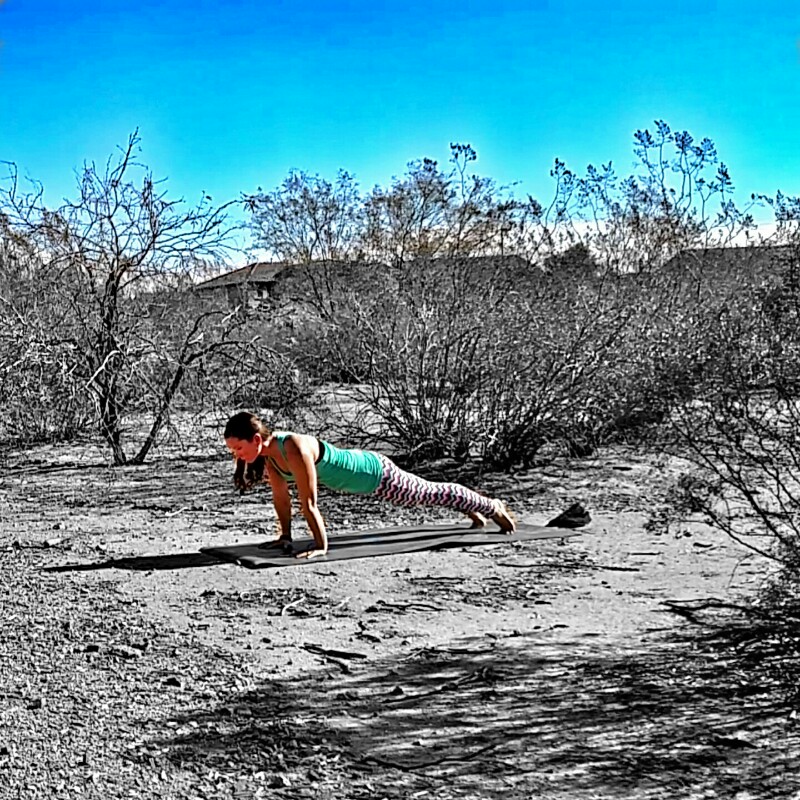
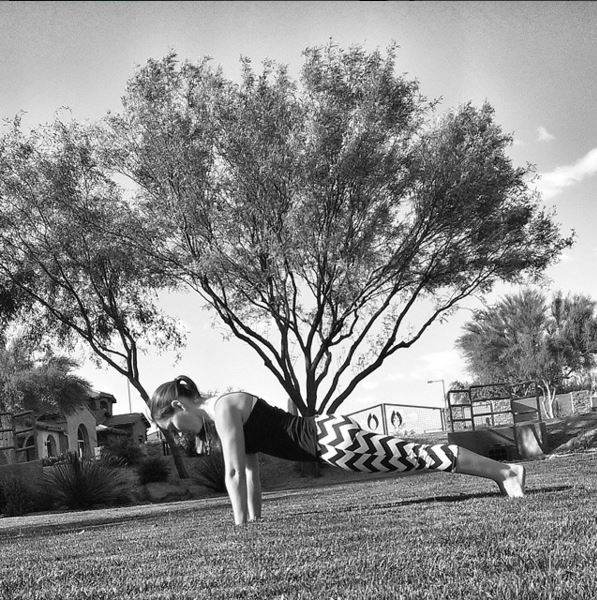
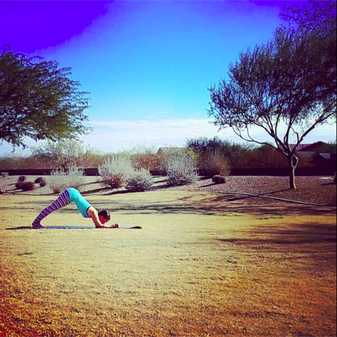
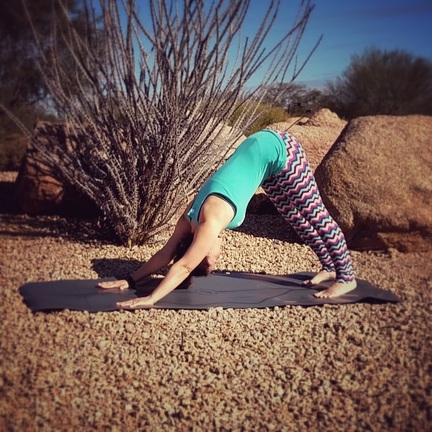
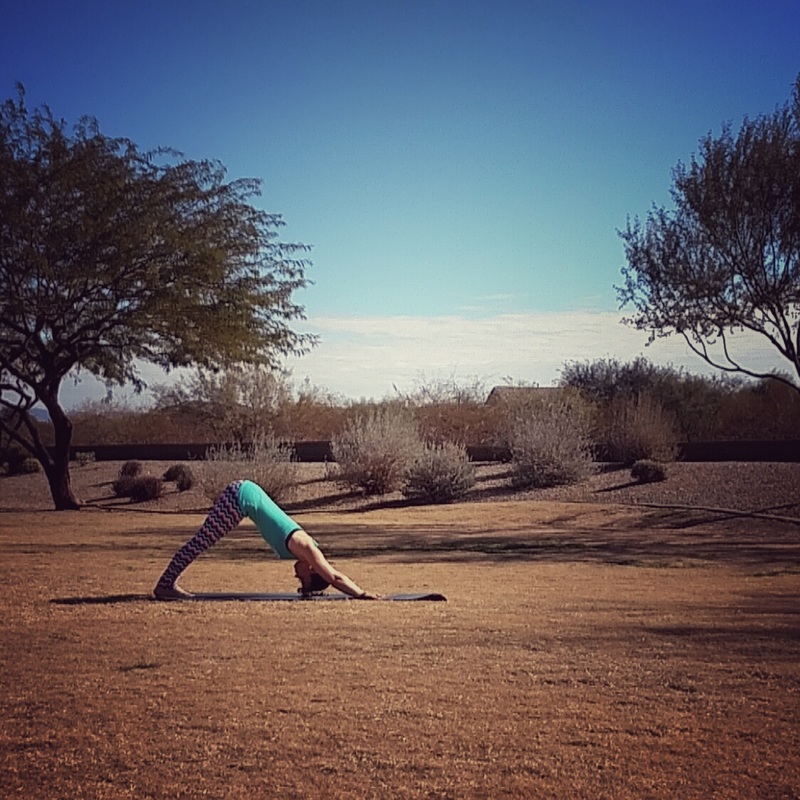
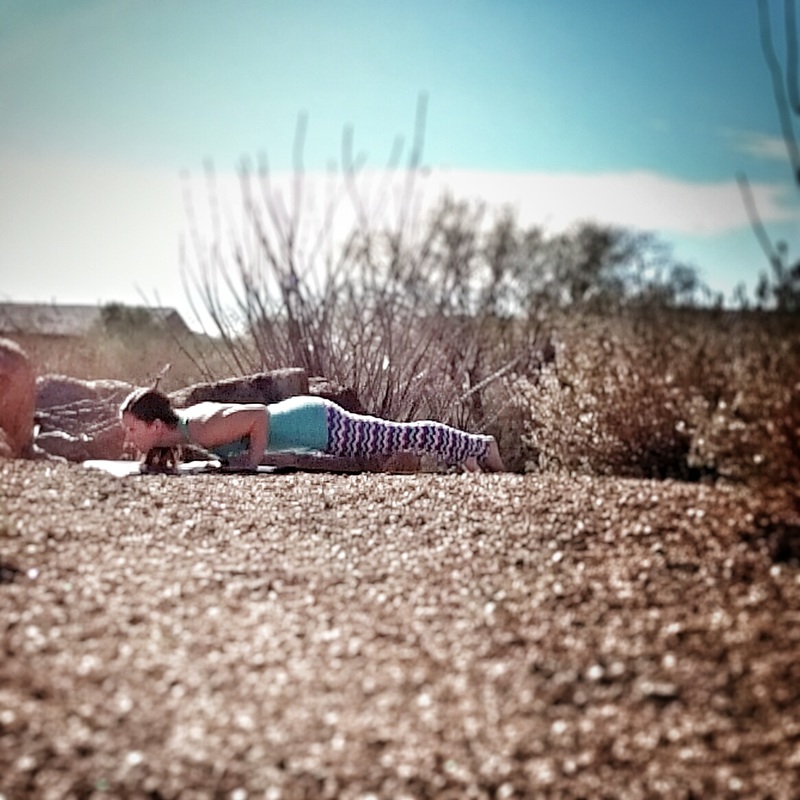
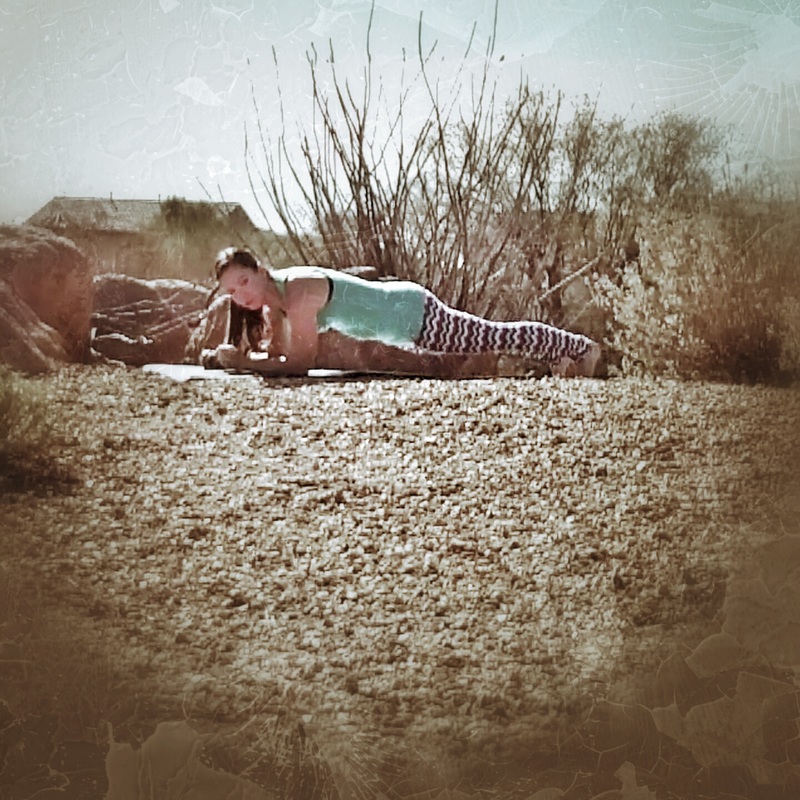
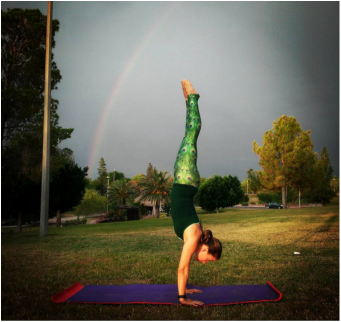
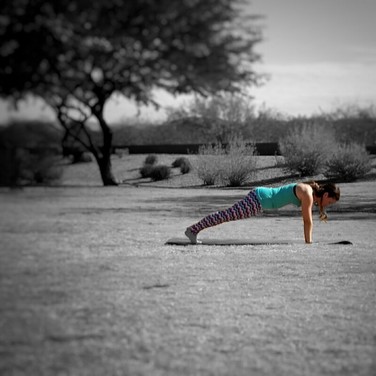
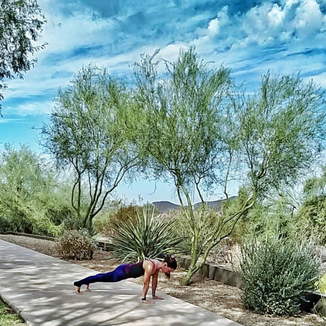

 RSS Feed
RSS Feed